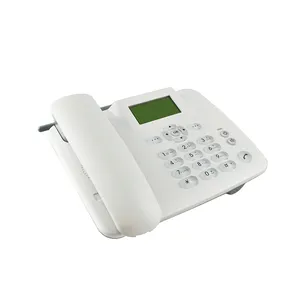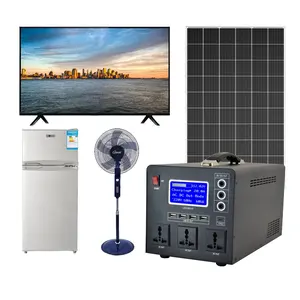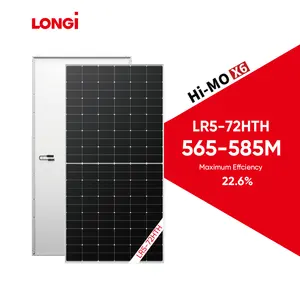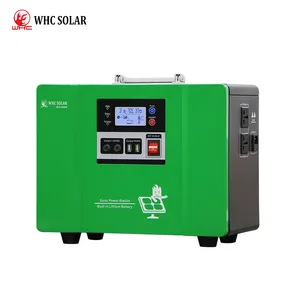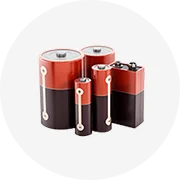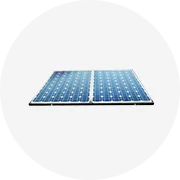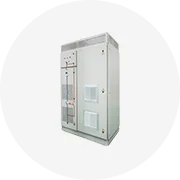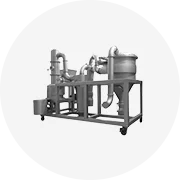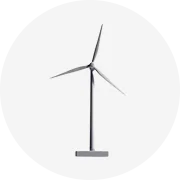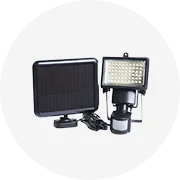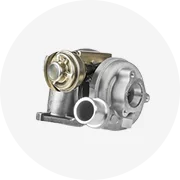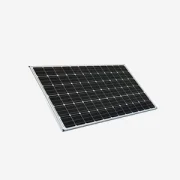Popular in your industry










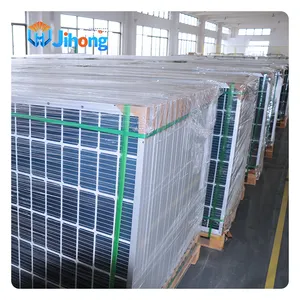






















































Related Searches:




















































































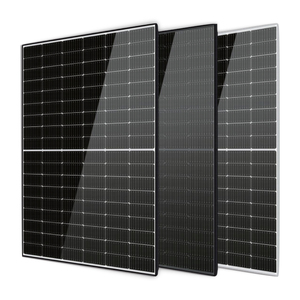
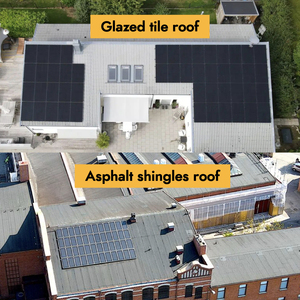
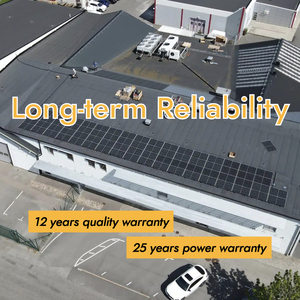
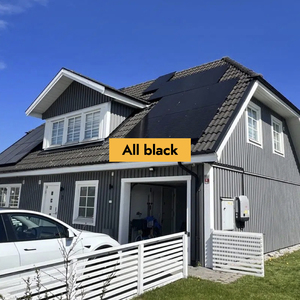
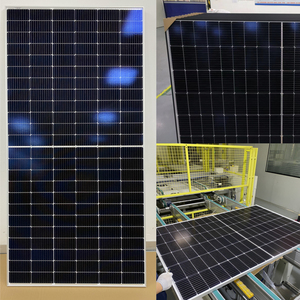
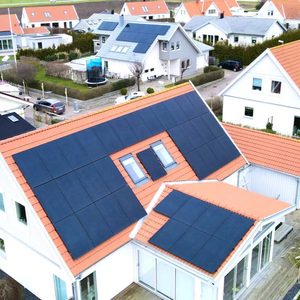
Top categories
About second hand solar panel
As the world increasingly turns to renewable energy sources, solar power stands out as a beacon of sustainability and self-sufficiency. However, the cost of new solar panels can be a barrier for many. This is where the burgeoning market for second-hand solar panels presents a unique opportunity. By exploring the offerings on platforms like Alibaba.com, potential buyers can find a range of used solar panels that promise a blend of affordability, reliability, and environmental responsibility. This article delves into the practicalities and benefits of opting for second-hand solar panels, from understanding the market to evaluating their long-term viability and cost-effectiveness.
Understanding the Solar Panel Market on Alibaba.com

The Alibaba platform showcases a diverse range of second-hand solar panels, catering to various power needs and applications. Among the offerings, one can find panels with capacities ranging from modest 50W units to robust 1000W systems. These used panels come from reputable manufacturers known for their contributions to the solar industry, ensuring that even second-hand buyers have access to reliable technology.
Buyers interested in second-hand solar solutions can explore a variety of photovoltaic panels, including monocrystalline options known for their efficiency and durability. The market on Alibaba.com includes panels designed for different setups, from residential to solar farm systems, reflecting the adaptability of solar technology to diverse energy requirements.
The second-hand solar panel inventory extends to products previously utilized in various regions, including Europe, the USA, and Asia, offering a glimpse into the global reach of solar energy adoption. These panels, while used, still promise to deliver solar power, aligning with the growing trend of sustainable and cost-effective energy solutions.
The Appeal of Second-Hand Solar Panels
The concept of second-hand solar panels is gaining traction as a cost-effective and sustainable option for those looking to invest in solar energy without the hefty price tag of new panels. The renewable nature of solar energy makes it a clean power source, and the ability to reuse and repurpose solar panels aligns with environmental conservation efforts. While new solar panels are a significant investment, second-hand panels offer a more accessible entry point into solar energy utilization.
Used solar panels can still provide considerable energy savings, reducing reliance on the grid and potentially lowering electricity bills. This is particularly appealing for homeowners looking to cut energy costs or for those who wish to adopt green practices but have budget constraints. The market for second-hand solar panels includes a variety of types, each with its own set of features and benefits, catering to different needs and preferences.
Despite the advantages, it's important to consider that the efficiency of second-hand solar panels may be less than brand-new ones, and they may not come with the same warranties or guarantees. However, with proper maintenance and care, second-hand solar panels can still be a viable option, offering a balance between cost and performance. They can generate electricity in various climates and conditions, although output may vary based on weather patterns and panel placement.
Types of Solar Panels Available Second-Hand
The solar panel market offers a variety of options for those considering second-hand purchases. Among the types available, monocrystalline solar panels are distinguished by their single-crystal silicon construction, offering a compact and efficient solution, albeit originally at a higher cost. Polycrystalline panels, recognizable by their characteristic square shape, are created from multiple silicon crystals, making them a more affordable yet less efficient alternative.
For a more advanced option, Passivated Emitter and Rear Cell (PERC) panels enhance traditional monocrystalline cells with an additional layer to boost efficiency, suitable for areas with limited space. Thin-film solar panels, known for their lightweight and flexible design, can vary in size to meet specific needs, though they generally offer lower efficiency compared to crystalline types.
Second-hand buyers can also find variations of thin-film panels, such as Cadmium telluride (CdTe), which offers a balance between cost and performance with a relatively low environmental footprint. Amorphous silicon (a-Si) panels, with their minimal silicon use, present the lowest production costs but are less efficient, ideal for low-power applications. Copper indium gallium selenide (CIGS) panels are noted for their higher efficiency among thin-film types, though not as high as crystalline silicon panels.
Evaluating the Features of Used Solar Panels

When considering the acquisition of used solar panels, it's crucial to conduct a thorough evaluation of their features. Inspect for any visible defects such as glue marks, scratches, snail trails, burn marks, hot spots, and any damage to the glass or backsheets. Testing is equally important; check the open circuit voltage, short circuit current, and operating current to assess performance.
It's important to note that used solar panels are not necessarily waste. They may have degraded over time or be less efficient than newer models, but they can still function and hold value. The materials within, like silicon, copper, aluminum, silver, and glass, are valuable and can be recovered if the panel is at the end of its life.
For those panels that are still operational, an audit during decommissioning can determine their suitability for resale. This process helps in understanding the potential for reuse and is a step towards responsible management of photovoltaic (PV) modules. By evaluating these aspects, one can make an informed decision on whether to resell or recycle, contributing to a circular economy in the solar industry.
Performance Metrics to Consider
When considering the acquisition of second-hand solar panels, it's crucial to evaluate their performance metrics carefully. The efficiency rating of a solar panel is a key indicator, reflecting the percentage of sunlight converted into usable electricity. While this rating is determined under standardized test conditions, actual performance can vary based on installation and environmental factors.
Another vital performance metric is the power output, which is indicative of the electricity production capacity of the panel. This figure is influenced by the efficiency of the panel but also takes into account the size and overall design.
The type of solar cell used, such as monocrystalline or polycrystalline, can significantly impact efficiency. Monocrystalline cells are typically more efficient and are a common choice in the current market. The construction of these cells, including the use of busbars and wiring, also plays a role in how effectively they convert sunlight into electricity.
Environmental conditions such as temperature can affect a solar panel's efficiency. Panels tend to operate less efficiently as they get hotter, which is an important consideration depending on the climate where they will be installed.
Lastly, factors like power tolerance and temperature coefficient ratings provide insights into how a panel will perform under real-world conditions. These specifications can help predict the actual energy yield and stability of the solar panels over time. When selecting second-hand solar panels, these metrics offer a more comprehensive understanding of the panel's potential performance and longevity.
Durability and Longevity
Solar panels, commonly referred to as photovoltaic or PV panels, are designed with longevity in mind, often exceeding a 25-year lifespan. This durability is a testament to the robustness of solar technology, which has seen significant advancements leading to increased life expectancies over the past two decades.
The concept of a solar panel's life expectancy is tied to its degradation rate, the pace at which its energy output diminishes. On average, solar panels experience a degradation rate of approximately 0.5% per year. This means that after two decades, a solar panel's output is expected to be around 90% of its initial capacity.
For second-hand solar panels, it's crucial to consider their age and the remaining years of optimal functionality. While they may require minimal maintenance, their efficiency can be affected by environmental factors such as dirt and debris. Therefore, occasional inspection and cleaning are recommended to maintain their performance.
When considering the purchase of used solar panels, it's important to assess their current state and historical upkeep. Panels that have been well-maintained are more likely to retain a higher percentage of their original output capacity, making them a cost-effective option for those seeking sustainable energy solutions.
Cost-Benefit Analysis of Second-Hand Solar Panels

When considering the acquisition of second-hand solar panels, a thorough cost-benefit analysis is crucial. Refurbished solar panels, though more expensive than their used counterparts, offer a middle ground with a balance of cost savings and reliability. They typically operate at a level comparable to new panels due to replaced parts but may not have the same lifespan. On the other hand, used solar panels present a more affordable option, with prices significantly lower than new models. However, the buyer must be cautious, as these panels may exhibit varying degrees of wear and performance degradation.
The absence of a warranty in most used solar panels sold online is a critical factor to consider. While new panels come with long-term warranties, second-hand panels often lack this security, potentially leading to additional costs down the line if the panels fail. Furthermore, the initial low cost of used panels can be enticing, but it's essential to scrutinize the offer to ensure there are no hidden issues that could result in unforeseen expenses, such as damaged components or reduced efficiency.
Ultimately, the decision to invest in used solar panels should be informed by a careful evaluation of their condition, the seller's reputation, and the specific needs of the buyer's solar project. While the upfront savings are clear, the long-term implications on system performance and maintenance costs must be weighed to determine if the investment aligns with the buyer's energy goals and budget constraints.
Calculating the Return on Investment
Calculating the return on investment (ROI) for solar panels involves understanding the balance between initial costs and long-term savings. To determine the ROI, one must consider the cost of the solar panels, including any associated fees, and subtract any financial incentives such as tax credits. The resulting figure represents the total initial investment.
The next step is to calculate the annual savings on energy bills, which contribute to the ROI. By dividing the initial investment by the annual energy cost savings, one can estimate the payback period, which is the time it takes for the savings to cover the initial costs. Although the payback period can vary, solar panels often have a lifespan that exceeds this period, potentially offering additional years of cost savings.
Factors such as local weather conditions, the positioning of the panels, and the amount of sunlight exposure can influence the efficiency of solar panels and, consequently, the ROI. These elements should be taken into account when evaluating the potential financial benefits of second-hand solar panels.
Environmental Impact and Sustainability
The environmental impact of solar panels is significant, offering a sustainable energy solution. Solar energy, being a renewable resource, contrasts sharply with finite fossil fuels, which are linked to severe environmental issues. The adoption of solar panels, including second-hand units, contributes to a reduction in greenhouse gas emissions. Over their lifecycle, solar panels can prevent the emission of a substantial amount of carbon dioxide, which is a key factor in climate change.
Moreover, solar panels promote better air quality by reducing the pollutants that contribute to health problems. This benefit was notably observed during periods of reduced fossil fuel consumption, which provided a glimpse into the potential improvements in air quality with widespread solar energy use.
Additionally, solar energy systems, including second-hand panels, do not require water for energy production, which is a significant advantage over traditional power plants that consume and pollute water. This aspect of solar energy use helps conserve one of our most precious resources.
In terms of land use, solar panels, especially those installed on existing structures, utilize space efficiently and can have a positive effect on local ecosystems. Even large-scale solar farms, when installed on degraded land, allow for soil regeneration. The materials used in solar panels are often recyclable, further contributing to environmental sustainability and reducing waste.
Conclusion
In conclusion, second-hand solar panels emerge as a prudent choice for those seeking to harness solar energy without the steep investment of new equipment. With a variety of types available, from monocrystalline to thin-film, and the potential for significant cost savings, the used solar panel market is ripe with opportunities. While considerations such as efficiency, durability, and the absence of warranties must be navigated carefully, the environmental benefits and the potential for a favorable return on investment make second-hand panels a compelling option. By conducting a thorough cost-benefit analysis and understanding the performance metrics, buyers can make informed decisions that align with their energy goals and budget. Ultimately, the adoption of second-hand solar panels not only reflects a commitment to sustainable living but also contributes to a circular economy in the solar industry, reducing waste and promoting the reuse of valuable resources.
